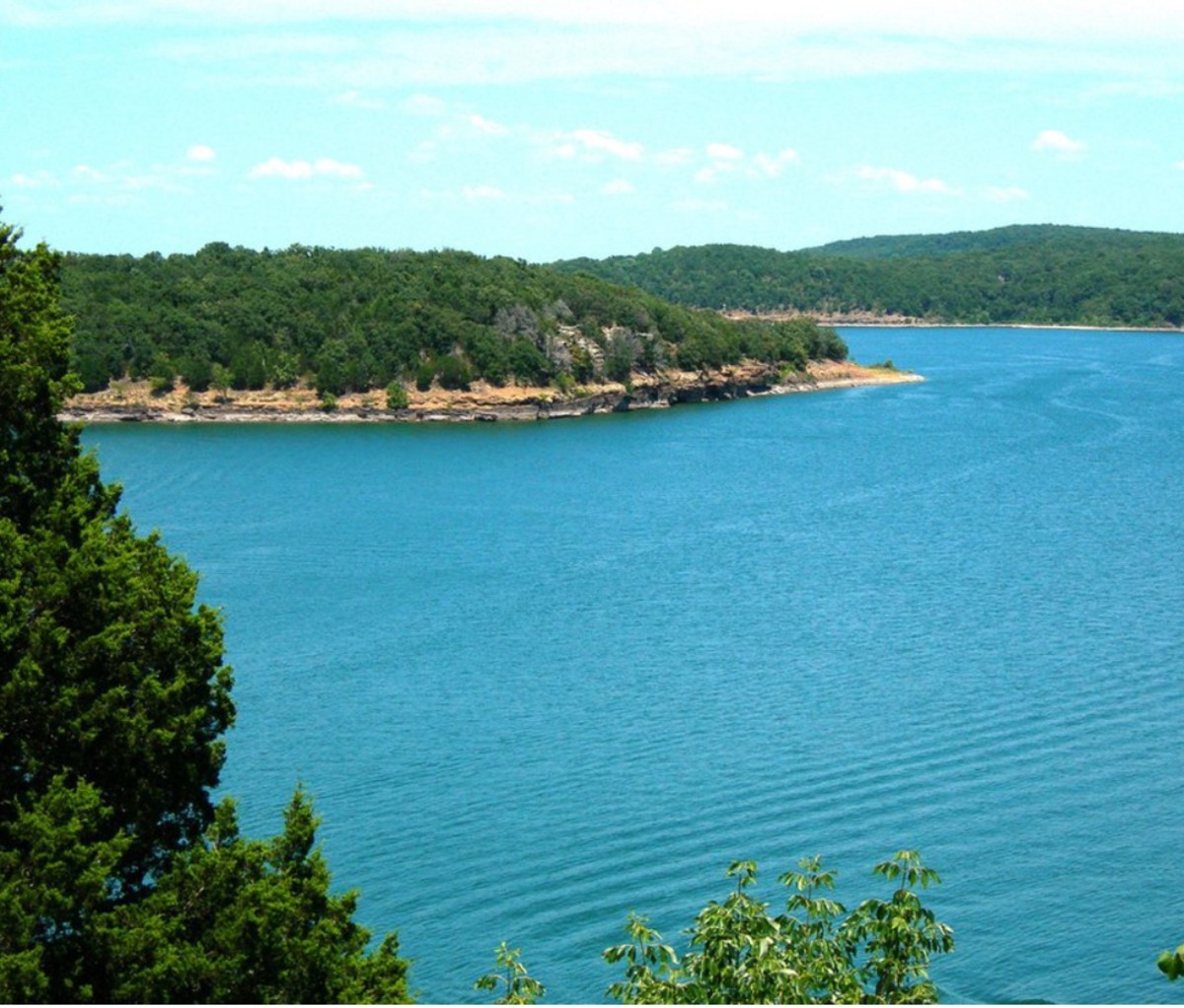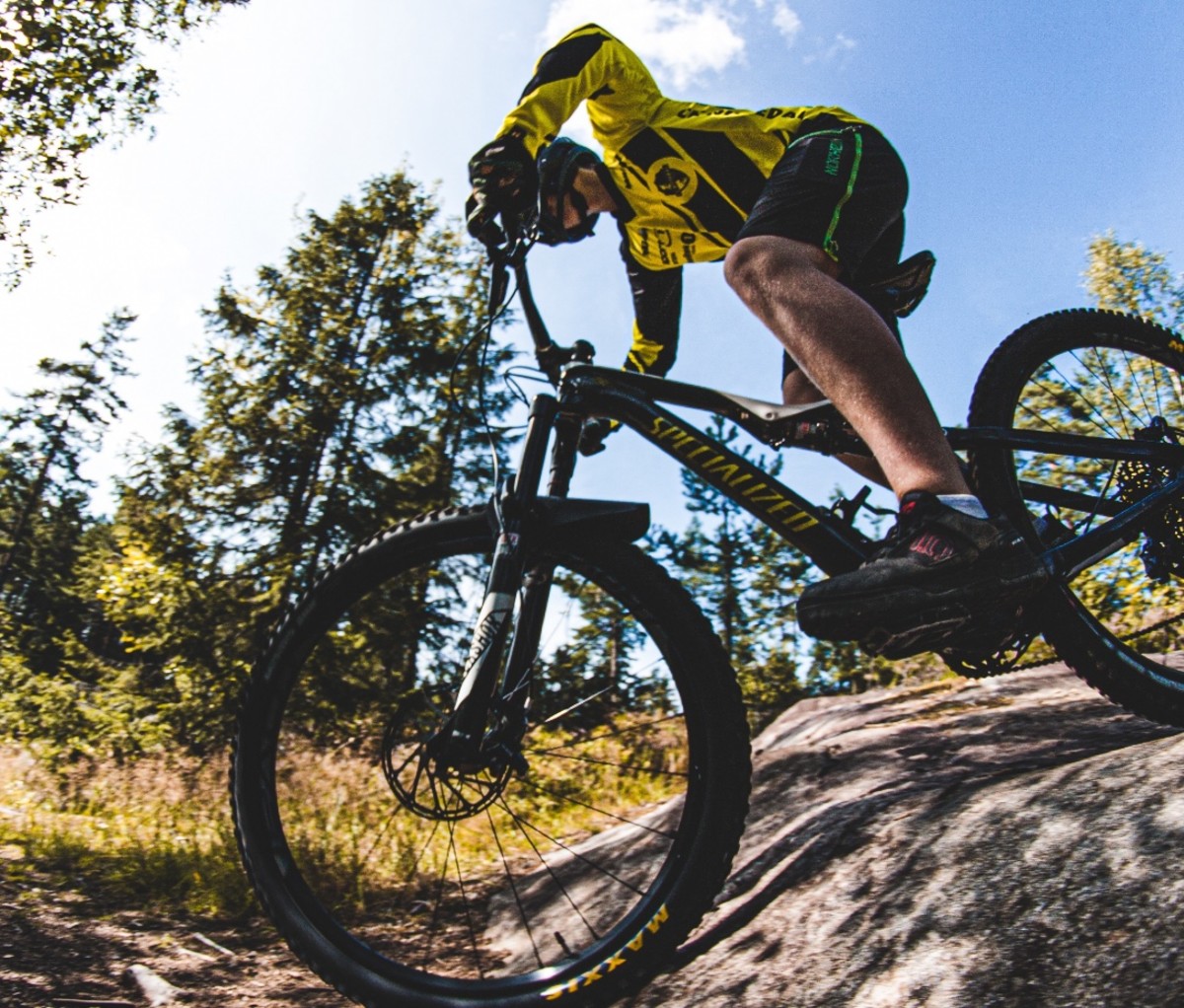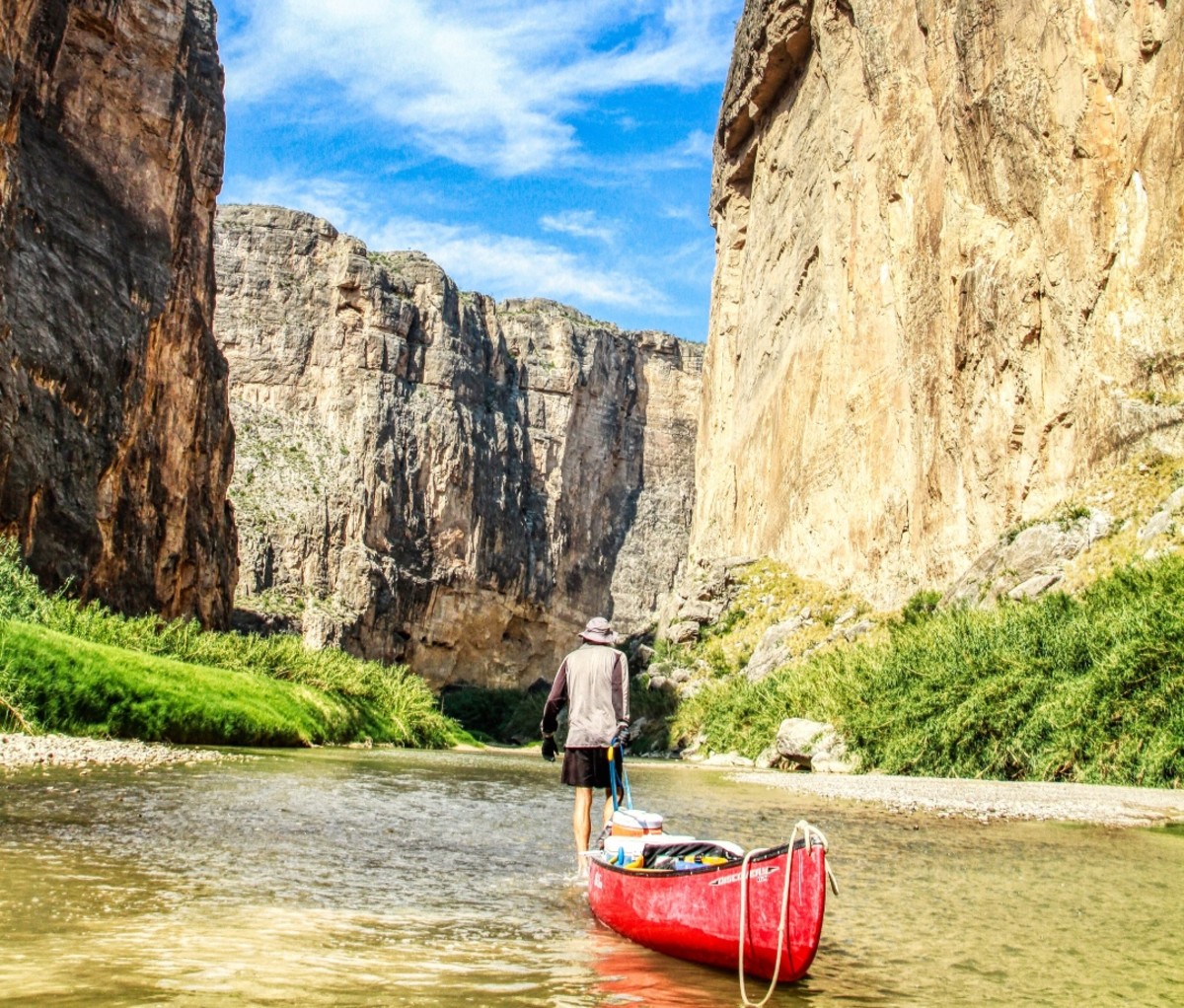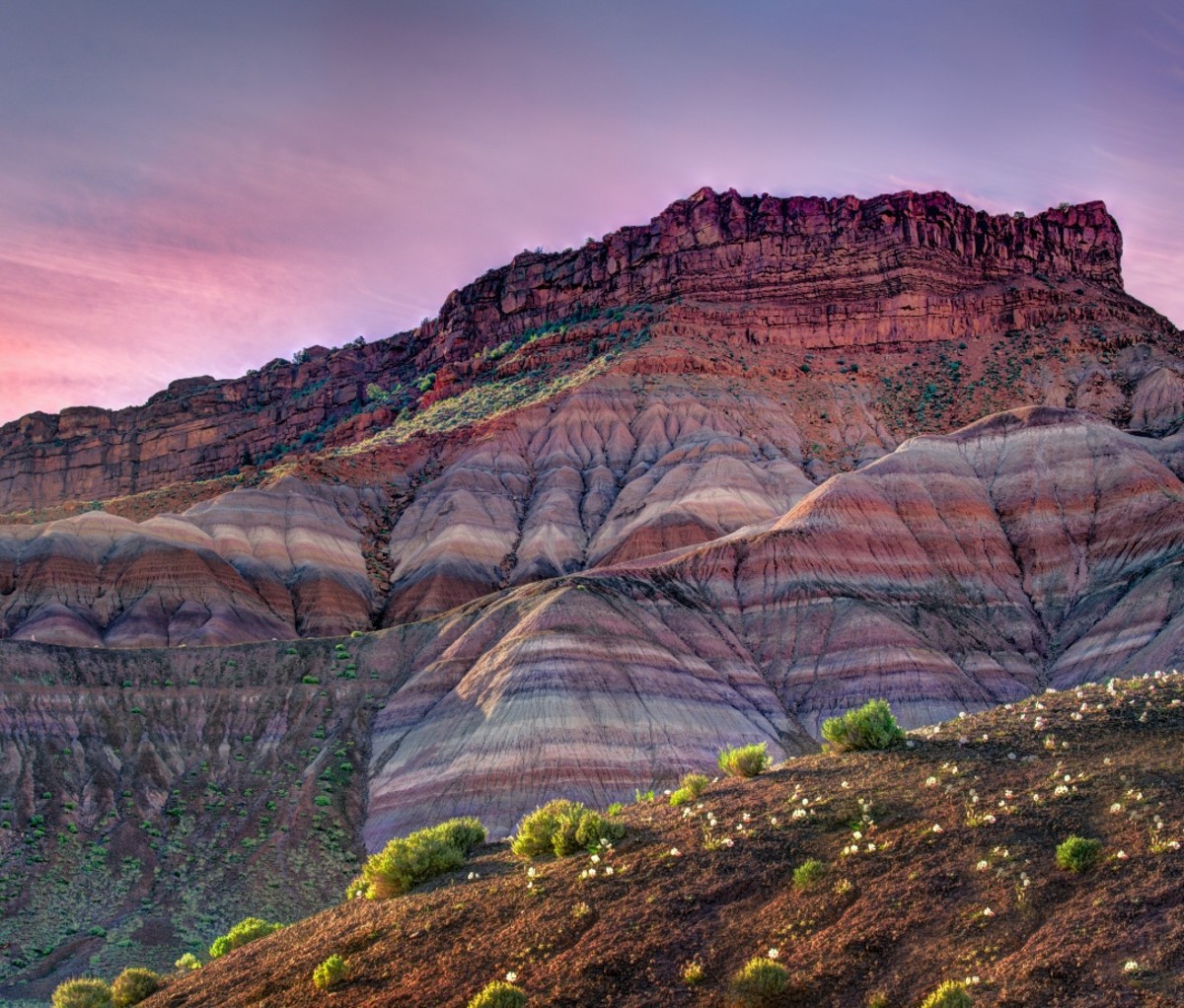The Southwest is one of the more exotic regions of the United States, covering parts of the Mojave, Sonoran, and Chihuahuan Deserts, plus the Colorado Plateau (which, for the record, is basically a high desert).
Temperatures here can soar to 125°F in the summer and drop to below freezing (perfect for skiing!) in the winter—and you can find yourself transported from the fiery red desert landscape to high up in the mountains after a relatively short car ride. Once you hightail it out of the major cities, it can feel like you’re in another world—or, at least, as close to an international adventure as you’re likely to get in the age of the novel coronavirus.
The idea of a “desert” is one of barren space, but you can find some of the country’s most unique socially distant adventures in the Southwest: the crystal-clear-blue water of Havasupai Canyon in a secluded corner of the Grand Canyon in Arizona, the stark-white sand dunes of New Mexico, the spiky stalactites of the cave systems spreading underneath Texas.
Against these backdrops, there’s no shortage of adventures to be had—especially if you want to avoid crowded trails, campsites, and shores. You can try everything from sand dune surfing to river rafting, backcountry hiking to scuba diving (yes, seriously).
Disclaimer: Before planning a trip in the Southwest, be sure to review the CDC Travelers’ Health page for alerts and updates, as well as any travel advisories for the specific location you hope to visit. Wear a mask, socially distance, and bring food, drinks, and supplies if you can.
5 Socially Distant Adventures to Embark on in the Southwest

1. Scuba Dive Lake Tenkiller – Cookson, OK
Beaches and lakeshores are crowded as people seek an escape from the heat (and crowded city streets), but Oklahoma’s Lake Tenkiller provides a way for people to enjoy the water without breaking social distance rules: scuba diving. The lake was formed when the Illinois River flooded, and there’s a whole town hidden below the surface. Visibility ranges from eight to 28 feet, and divers have spotted horse drawn buggies, an old jailhouse, sunken boats, and even planes. You’ll also be sharing the waters with local catfish, some of which can grow to 65 pounds. Pick up gear or sign up for a scuba class at Nautical Adventures Scuba.
Get up-to-date COVID-19 information on Oklahoma, here.

2. Mountain Bike the Prescott National Forest – Prescott, AZ
Sedona is the touristy spot for mountain biking in Arizona, but there are even more thrills to be had in the northern town of Prescott, just two hours north of Phoenix. The 1.25-million-acre Prescott National Forest boasts more than 450 miles of non-motorized trail and singletrack. At the bottom, you’ll ride sandy trails dotted with saguaro cacti, typical to the Sonoran Desert region. As you climb higher into the granite crags of the Bradshaw, Juniper, Santa Maria, and Sierra Prieta Mountains, you’ll be dodging juniper trees and piñon and ponderosa pines—but with so much ground to cover, it’s unlikely you’ll encounter more than a few other bikers.
Get up-to-date COVID-19 information on Arizona, here.

3. Kayak the Rio Grande River – Big Bend National Park, TX
Big Bend National Park is a southwest gem. A three-and-a-half-hour drive from El Paso, it’s one of the most remote and least-visited parks in America, attracting just 440,000 visitors in 2018 compared to 5.9 million at the Grand Canyon. Instead of hiking your way through the park, paddle or float down the Rio Grande River, where you’ll get unparalleled views of the desolate canyons, some of which are up to 1,500 feet deep. It may be the only way you can travel internationally in the age of COVID-19. The middle of the river serves as the international boundary between the U.S. and Mexico, and you’ll technically “cross” the border several times while paddling.
Get up-to-date COVID-19 information on Texas, here.

4. Through-Hike Paria Canyon – Vermillion Cliffs National Monument, AZ
You’ve seen the ubiquitous photos of The Wave, but that’s just one tiny part of the 280,000-acre Vermillion Cliffs National Monument on the Utah/Arizona border, about four hours east of Las Vegas or north of Phoenix. For a less crowded (but no less Instagrammable) experience, make the three- to seven-day trek through the 38-mile-long Paria Canyon. The Bureau of Land Management limits access to 20 overnight passes per day in each area, which means it’ll just be you, the river surrounded by 500- to 1,000-foot sandstone walls, and a sparkling night sky.
Get up-to-date COVID-19 information on Arizona, here.

5. Fly-Fish the Chama River – El Vado Reservoir, NM
New Mexico is known as the Land of Enchantment, and there’s no better way to take in its magic than knee-deep in one of the state’s trout-filled waters. The San Juan River is a world-famous spot for fly-fishing, but if you want to avoid the crowds, head to the Chama River. For the best odds, cast in at El Vado Dam in northern NM, just under three hours from Albuquerque and two from Santa Fe. The 130-mile river, which holds the state record for the amount of brown trout, is especially wide as it winds through the sandstone bluffs here, with large runs and pools that make it easy for you to keep away from any other anglers.
Get up-to-date COVID-19 information on New Mexico, here.
from Men's Journal https://ift.tt/3julZwU
via IFTTT









0 comments:
Post a Comment